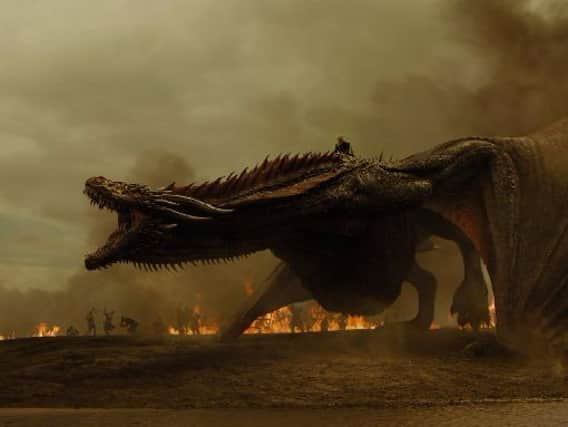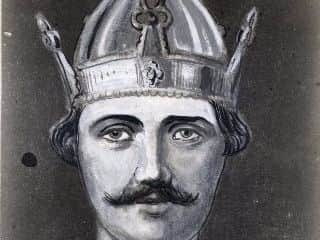The Harrying of the North: Yorkshire's own Game of Thrones plot


The raping and pillaging depicted in the show’s first few seasons is eerily similar to a real historical conflict that took place close to home, known as the Harrying of the North.
In 1069, although he had already won the Battle of Hastings, William the Conqueror had not yet managed to subdue the whole of England. There were rebellions all over the country, but it was the North that was causing the most trouble.
Advertisement
Hide AdAdvertisement
Hide AdThat winter, William decided to subdue the North, using his armies to loot, pillage and destroy its towns and villages. To try and control the unruly Northumbrians, William appointed his own earls, Copsig and Gospatric, but the former was assassinated and the latter defected to the rebels.


Northern rebels were still plotting against William, and refused to meet in open battle. At this time, there was still an English claimant to the throne called Edgar the Atheling. When a fleet of Danes arrived in the Humber, they allied with Gospatric and the local nobles to support Edgar’s cause. Together, they attacked the city of York.
By the time William arrived with his own forces in 1069, the Northerners and the Danes had retreated and hidden themselves in the woods or returned to their ships. In order to get rid of the Danes, William paid them a large sum of money to go home. The Danes obliged, but the Northern rebels were still plotting. Something had to be done.
In the first season of Game of Thrones, Tywin Lannister sends his knight, Gregor Clegane, to raid the Riverlands. This is in response to the capture of Tyrion Lannister by Catelyn Stark, who suspects him of trying to kill her son. During the War of Five Kings, Gregor Clegane continues to wreak havoc in the Riverlands. He and his men torture prisoners, as well as looting and destroying villages. During the show’s second season, Arya Stark is captured by Ser Amory Lorch, who takes her to the Lannister stronghold of Harrenhal. Here, Arya witnesses the torture of prisoners, ordered by Gregor Clegane.
Advertisement
Hide AdAdvertisement
Hide AdTywin Lannister and Gregor Clegane’s brutal tactics are very similar to William the Conqueror’s strategy for the Harrying of the North, which took place in the winter of 1069 and 1070. Rather than pursue conventional military tactics against fighting men, he decided simply to lay waste to the North by looting, burning and slaughtering its inhabitants.


Some historians describe the Harrying of the North as an act of genocide, citing William’s ruthless approach. Contemporary biographers of William the Conqueror described this campaign as a “stain upon his soul”. Fifty years later, Anglo-Saxon chronicler Oderic Vitalis claimed that more than 100,000 people died of starvation that winter.
“To his shame, William made no effort to control his fury, punishing the innocent with the guilty. He ordered that crops and herds, tools and food be burned to ashes,” wrote Vitalis.
In the new year of 1070, William split his army into smaller forces to burn, loot and slaughter their way through the villages between the Humber and the Tees. The soldiers destroyed food stores and livestock, so that survivors of the initial raid would starve during the harsh winter. Due to the famine that ensued, many Northerners had to resort to cannibalism, as reported by the 12th century chronicler, John of Worcester. Others fled to the south for safety, reaching as far as Worcestershire.
Advertisement
Hide AdAdvertisement
Hide AdFor years after the Harrying of the North, the countryside of Yorkshire and the North Riding was a wasteland. The Domesday Book tells us that 60 per cent of land holdings were vacant in 1086. Only a quarter of the population remained after the devastation of William’s campaign.
In order to maintain his control over the North, William installed a new Earl of Northumbria from the European mainland, William Walcher. He replaced the remaining Anglo-Saxon leaders with Norman aristocrats in order to cement his power and unite the country.